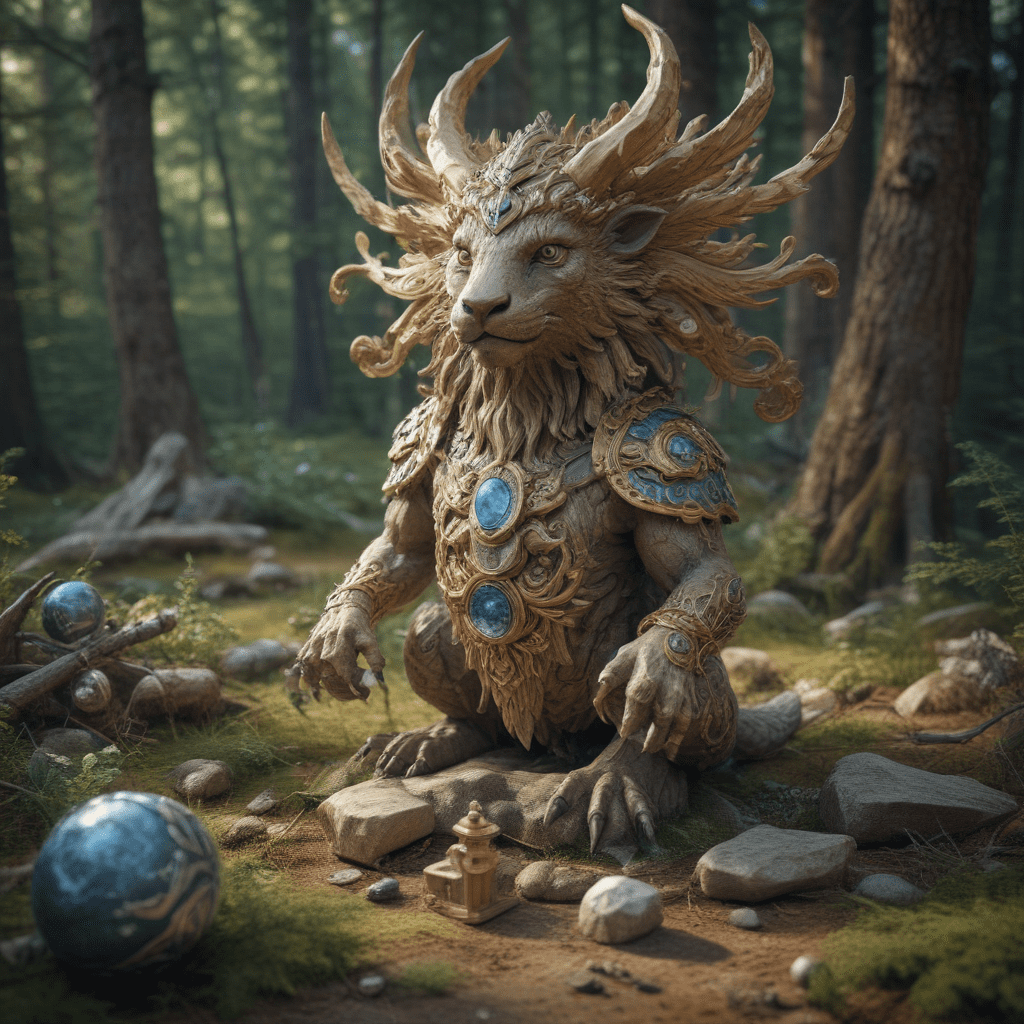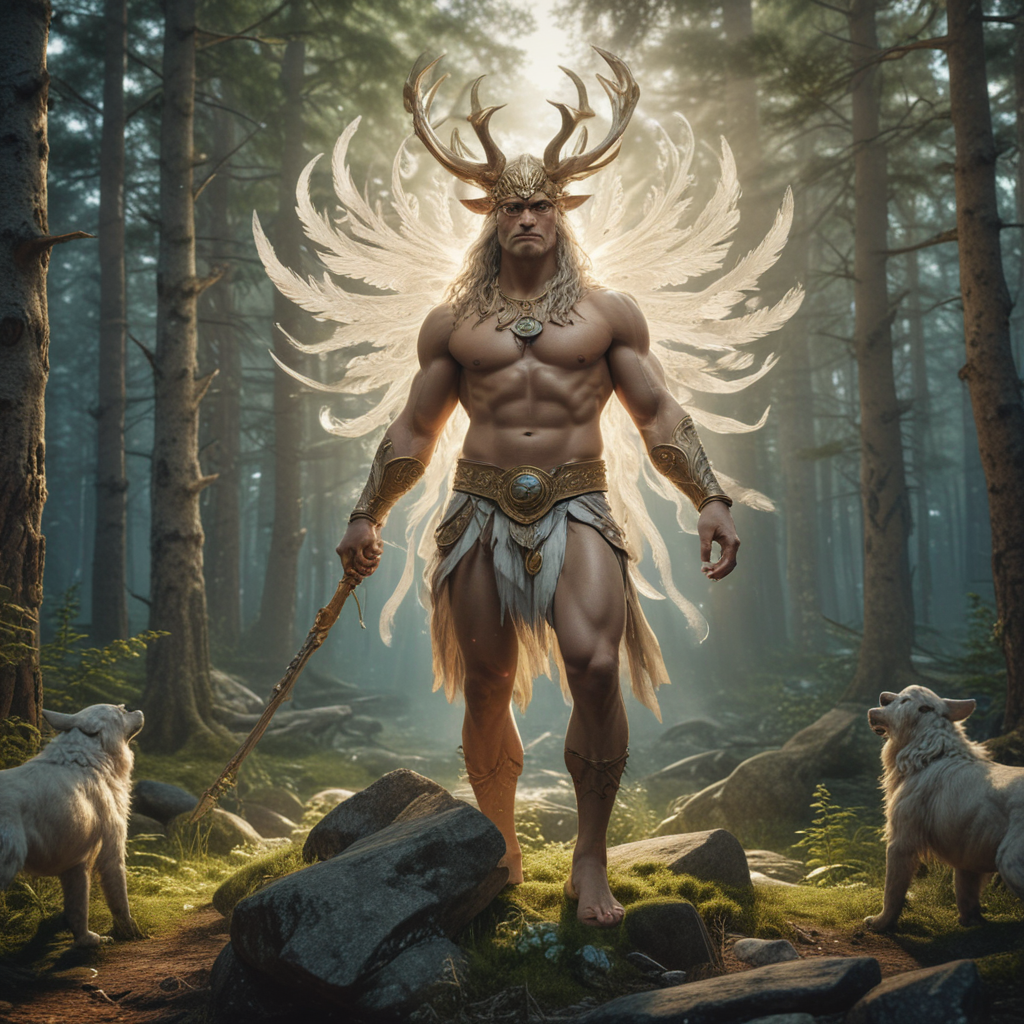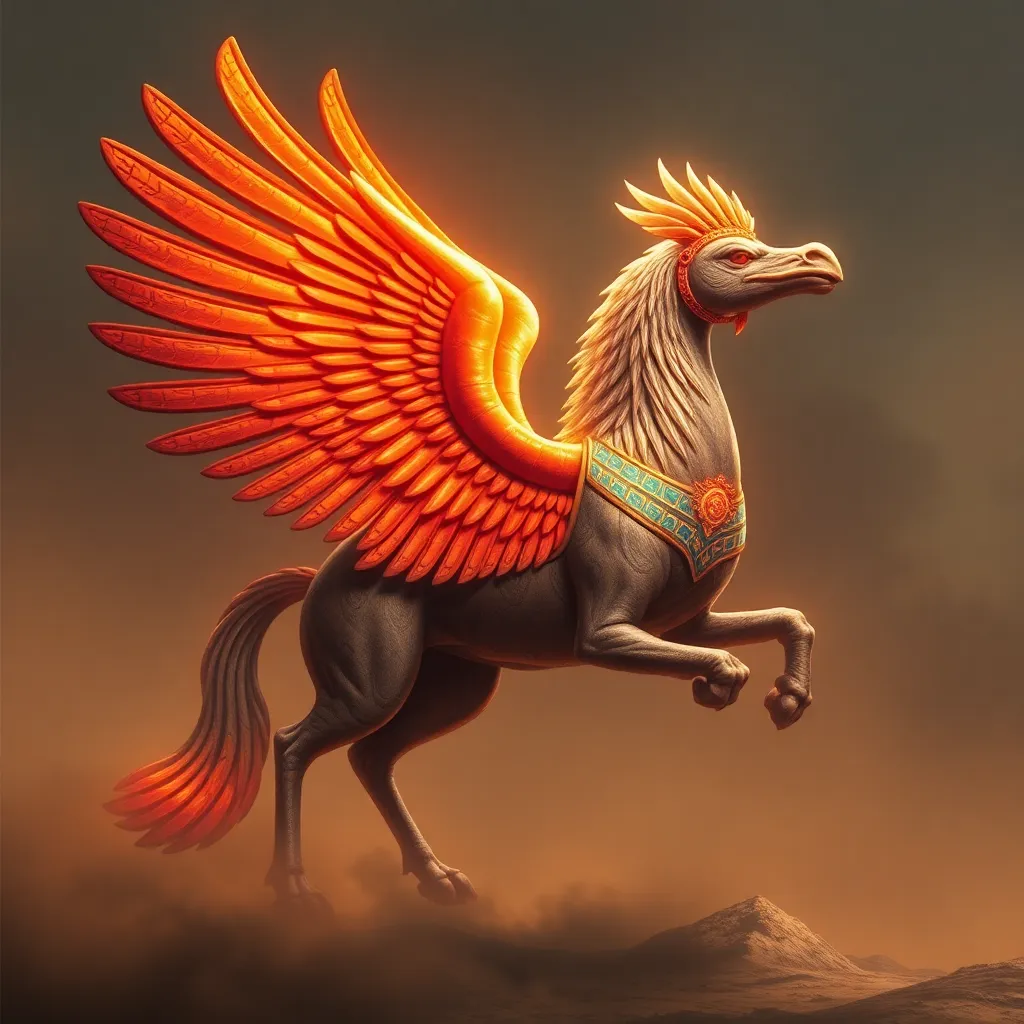The Influence of Finnish Mythology on Traditional Crafts
1. Origins of Finnish Mythology and its Significance in Finnish Culture
Finland's rich mythology has its roots in ancient animistic beliefs and oral traditions. The Kalevala, an epic poem compiled in the 19th century, is a foundational text that encapsulates the essence of Finnish mythology, providing a detailed account of the creation of the world and the deeds of heroic figures like Väinämöinen, Ilmarinen, and Louhi. These myths and legends are deeply embedded in Finnish culture, influencing everything from language and literature to art and traditional crafts.
2. The Väinämöinen Epic: Legends and Deities that Inspire Crafts
Väinämöinen, the central character in the Kalevala, is a renowned sorcerer, musician, and craftsman. His magical skills are evident in the creation of the kantele, a traditional Finnish stringed instrument, and the Sampo, a mythical mill that brings prosperity. Ilmarinen, another prominent figure, is a skilled blacksmith who forges the Sampo and the magical items used by Väinämöinen. Louhi, the mistress of the North, is a powerful and enigmatic figure who represents both good and evil forces in Finnish mythology.
3. Symbolic Imagery in Traditional Textiles: Runes and Patterns
Finnish textiles are renowned for their intricate patterns and unique symbolism. The Kalevala's runes, ancient poems with magical powers, are a significant source of inspiration for these patterns. Weavers incorporate runes into their designs, invoking their protective and auspicious qualities. Geometric motifs, such as the sun cross and the eight-pointed star, are also common symbols in Finnish textiles, representing the elements, fertility, and protection.
4. Woodcarving: Ancient Beliefs Reflected in Motifs and Figures
Woodcarving holds a special place in Finnish traditional crafts. Carvers create intricate sculptures, household items, and decorative pieces that often depict mythical figures, animals, and scenes from the Kalevala. Väinämöinen, Ilmarinen, and Louhi are popular subjects, along with forest spirits, animals, and other symbols drawn from Finnish folklore. The carvings often serve a practical purpose but also carry cultural significance, embodying ancient beliefs and stories.
5. Jewelry Design: Amulets and Charms Inspired by Mythical Beings
Finnish jewelry is often characterized by its intricate metalwork and the use of amulets and charms believed to possess protective powers. The bear, an animal highly revered in Finnish mythology, is a common motif in jewelry, as are other animals and symbols associated with the forest. Runes and other ancient symbols are also incorporated into designs, lending an air of mystery and connection to the mythological realm.
6. Metalworking: Tools, Weapons, and Ornaments with Mythological References
Metalworking has a long history in Finland, and many traditional tools, weapons, and ornaments incorporate mythological references. The Sampo, the magical mill from the Kalevala, is a common motif in metalwork, as are other mythical objects like the Sisu, a symbol of determination and resilience. Weapons like swords and axes often feature intricate carvings depicting scenes from Finnish mythology, while jewelry is adorned with runes and other ancient symbols believed to bring protection and good fortune.
7. Ceramics and Pottery: Shapes, Glazes, and Decorations Influenced by Folklore
Finnish ceramics and pottery are known for their unique shapes, glazes, and decorations that draw inspiration from folklore. The shapes of pots and urns often resemble natural forms like animals or plants, while glazes mimic the colors and textures of the forest and lakes. Decorations feature traditional patterns and motifs, including runes, geometric designs, and mythical creatures. The influence of mythology extends to the very materials used, as clay is believed to hold special significance in Finnish folklore.
8. The Role of Nature in Traditional Crafts: Forests, Lakes, and Animals
Nature plays a central role in Finnish mythology, and this is reflected in traditional crafts. Forests, lakes, and animals are common motifs in textiles, carvings, jewelry, and ceramics. Craftspeople draw inspiration from the beauty and diversity of the natural world, incorporating elements like trees, water, and animals into their designs. This connection to nature not only adds aesthetic appeal but also imbues crafts with symbolic meaning and a sense of place.
9. Contemporary Adaptations: Artists and Craftspeople Drawing on Mythology
In contemporary times, Finnish artists and craftspeople continue to draw inspiration from mythology. Traditional techniques and motifs are reinterpreted in new and innovative ways, creating a vibrant and evolving body of work. Artists explore the themes of the Kalevala, reinterpret ancient symbols, and incorporate elements of Finnish folklore into their designs. This contemporary adaptation ensures that the influence of Finnish mythology remains relevant and vital in modern crafts.
10. The Preserving and Reviving of Traditional Crafts: Mythological Influences as a Catalyst
The preservation and revival of traditional crafts in Finland is closely linked to the influence of mythology. Craftspeople work to maintain and pass on traditional techniques and designs, ensuring that the cultural heritage of Finland is preserved. By drawing on mythological influences, they create a sense of continuity and connection to the past. Furthermore, mythology inspires new interpretations and adaptations, contributing to the ongoing vitality and evolution of Finnish traditional crafts.
FAQs
Q: What are some of the most common mythical figures featured in Finnish traditional crafts?
A: Väinämöinen, Ilmarinen, Louhi, and other characters from the Kalevala are frequently depicted in crafts. Animals and creatures from Finnish folklore, such as bears, swans, and forest spirits, are also popular motifs.
Q: How do myths and legends influence the design of traditional Finnish textiles?
A: Runes, geometric patterns, and symbols from the Kalevala are incorporated into textiles, giving them cultural significance and protective qualities. Weavers use colors and textures inspired by nature and folklore to create visually appealing and meaningful designs.
Q: What are some examples of contemporary adaptations of Finnish mythology in crafts?
A: Modern craftspeople reinterpret traditional motifs and techniques, experimenting with new materials and forms. They draw inspiration from mythology to create unique pieces that resonate with contemporary audiences while honoring the cultural heritage of Finland.



